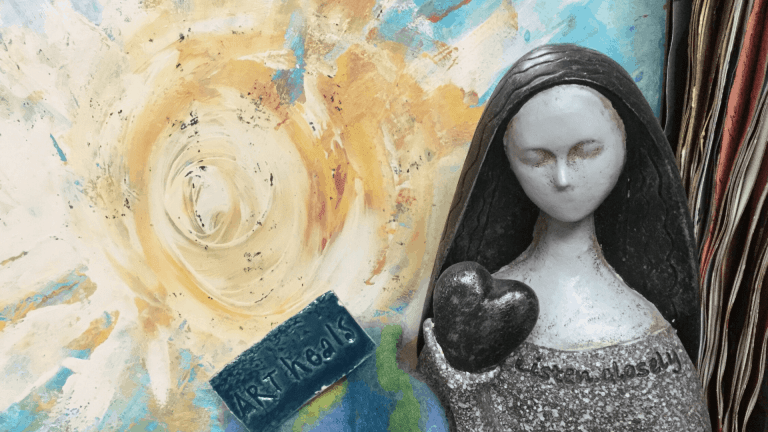expressive
arts
creative connections in art & life
expressive arts
creative connections in art & life
Expressive arts is a process that weaves together various art forms or modalities, each flowing into and inspiring the next creative experience – layering, deepening, noticing, listening, breathing into – and becoming the catalyst that fosters and enhances healing, growth and wellbeing.
why expressive arts?
It’s the creative connection and inter-play between various art modalities such as visual arts, movement and dance, music, drama, writing, poetry and story-telling;
It taps into the creative wellspring – inviting curiosity, imagination, and joy in playful expression;
It sparks and develops intuition; a way of knowing, trusting and following the thoughts and stirrings within;
It’s not about making a pretty object or craft; the emphasis is on mindfulness and presence - what happens during the creative process itself.
It engages body, mind and spirit – connecting, asking questions, and developing a deeper understanding and relationship with ourselves, others and subsequently the world around us;
It offers opportunities for exploration, courageous risk-taking, and empowerment;
It requires no special skills, talent, or previous art experience; prompts for art making are based on ‘low skill, high attunement/sensitivity.’
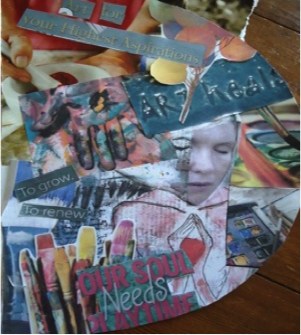
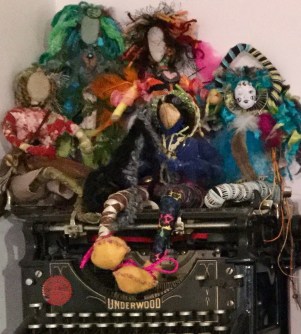
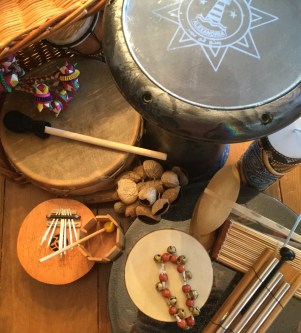
Once our creativity flows, it will always find its way to whatever needs attention in our lives. Art and creativity are the Soul’s medicine…it’s what the soul uses to self-heal and minister to itself. During deep creative play, expressive arts invites opportunities to crystallize the sensory and feeling experiences in the body as a source of wisdom.
When one is deeply engaged in the creative process, a ‘shift’ or ‘space-between’ occurs which is often surprising, unexpected and unpredictable: some ‘thing’ new is birthed. We might ask it the question, “What story would you tell me if you could talk?” as a way to invite a conversation and possibilities for new ways of seeing, knowing and being to emerge.
Art tells a story deeper than words.
I learn over and over again that the creative process is an intelligence that knows where it has to go. Somehow it always finds the way to the place where I need to be, and it is always a destination that never could have been known by me in advance.
~Shaun McNiff
To use the arts expressively means going into our inner realms to discover feelings and to express them through visual art, movement, sound, writing or drama. This process fosters release, self-understanding, insight and awakens creativity and transpersonal states of consciousness.
~Natalie Rogers
In my work as an Expressive Arts Educator, I companion as both facilitator and witness, welcoming and honouring the images and voices of art by listening to them rather than analyzing or interpreting them.
Using a multi-modal approach, I invite opportunities for new creations to emerge, each step providing a deeper engagement and experience with the arts. I strive to create an environment that allows for courageous freedom to explore, knowing that each individual carries their own deep wisdom within… an inner guidance that leads them towards their own healing and well-being.

“The experience of expressive arts might be the creation of a painting, writing of a poem, or simply a movement of the hand. Within these creative expressions lie opportunities for spaces to open and for ideas and beliefs to expand.
These are the stories of possibilities.
These are the sounds when meaning is echoed in suffering.
We may delight in the surprise that emerges from one’s work with the image, the word, or the song. Rather than interpret their meaning we may engage with what is expressed allowing it to speak, to tell the story of their creation, to dramatize through body movement, or simply to be with the image and listen to its’ message. We may breathe life into what is created and journey further as we follow it’s unfolding.
Immersion into the healing power of the arts offers fresh perspectives, increased potential for change, insight, and deeper connection to self and others.”
~ Carmen Richardson, Author and Director of the Prairie Institute of Expressive Arts Therapy (PIEAT)
A Brief History of Expressive Arts
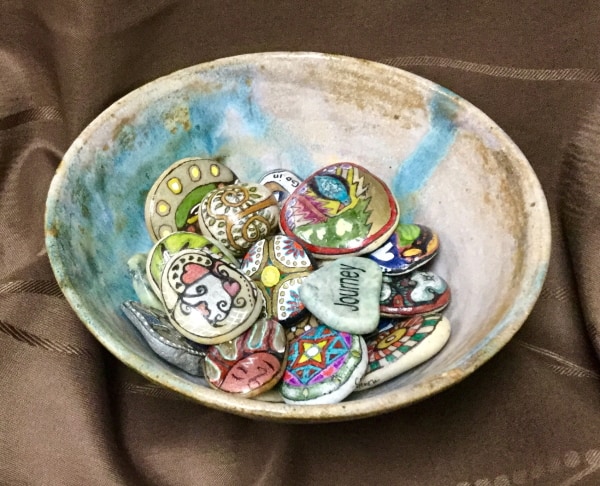
The formal field of expressive arts was said to have emerged in the early 70’s, with an emphasis on art making rather than the restrictive and specialized forms of therapy that were being used at the time. Today, expressive arts therapy (ExA) and the consultant/educator stream is regulated by IEATA, the International Expressive Arts Therapy Association, founded in 1994.
In 2017, IEATA held its conference in Winnipeg, Manitoba, Canada, with the theme, The Indigenous Roots of Expressive Arts Therapy. First Nations were acknowledged and honoured for their centuries-old practices of singing, dancing, drumming, storytelling, ritual and ceremony as pathways for celebration and healing. The roots of expressive arts go way back, and though many scholars and practitioners have contributed to the field of what we now call expressive arts therapy, IEATA recognizes that no one person or group invented it, and resists restricting the field only to therapy.
The arts are for everyone, and today, the multi-modal use of expressive arts is offered in a variety of settings by a wide range of practitioners who recognize its deep gifts of healing, transformation, and wellbeing.
The many ways in which art heals have never ceased to evoke my curiosity and wonder. I have always worked in a community of creative arts therapists, artists, people from different health professions, and others committed to art and healing.
We have participated as equals, and our diverse backgrounds contribute to the overall creative mix. I have been proud to serve art therapy and other creative arts therapy professions, but I strongly believe that the healing powers of art are not the exclusive domain of these disciplines.”~Shaun McNiff, Art Heals
